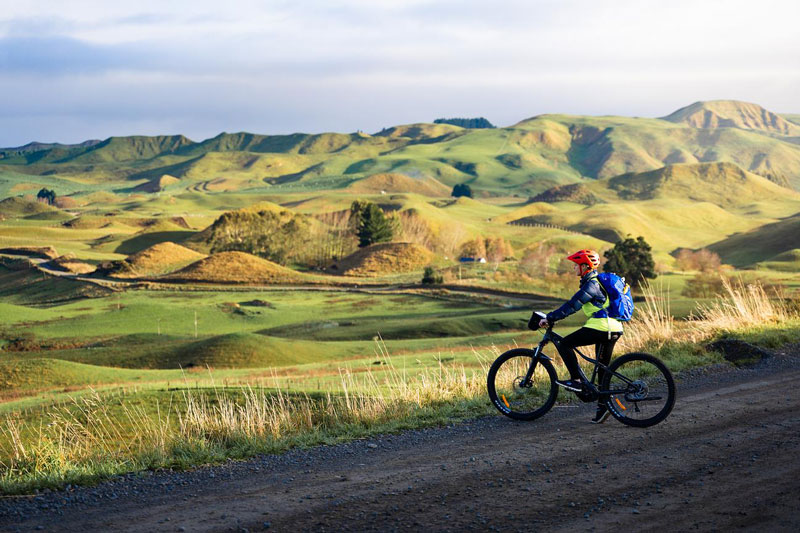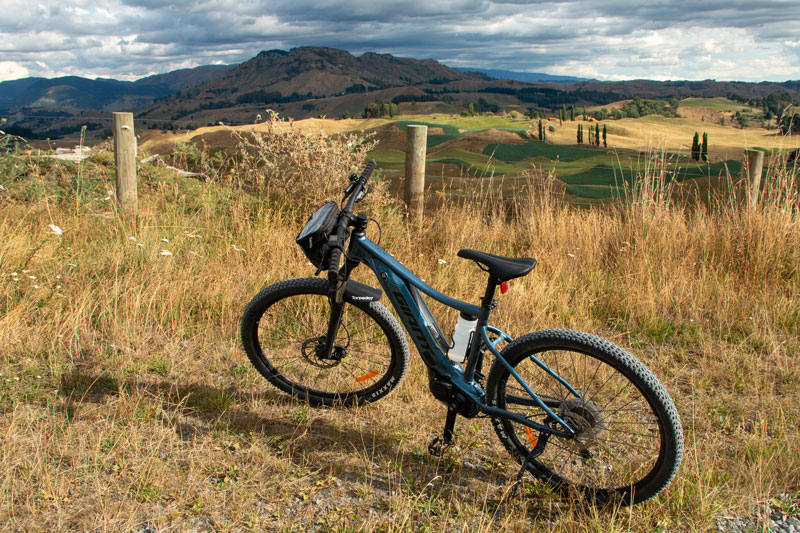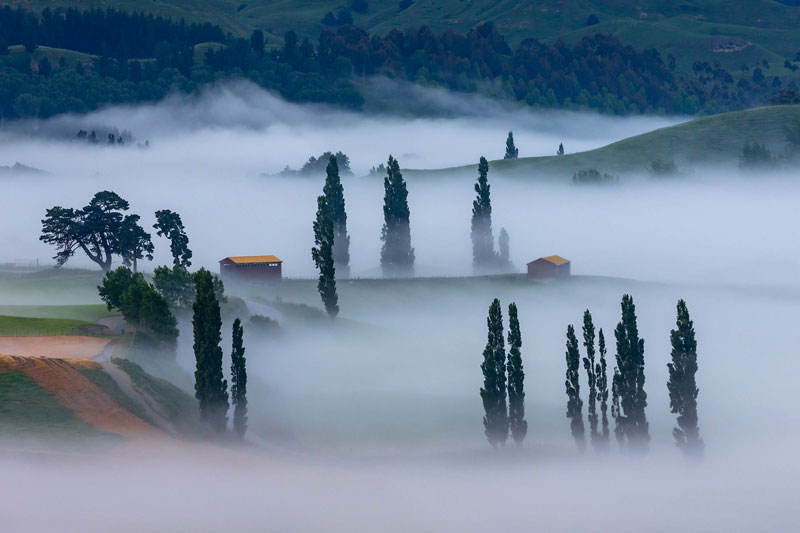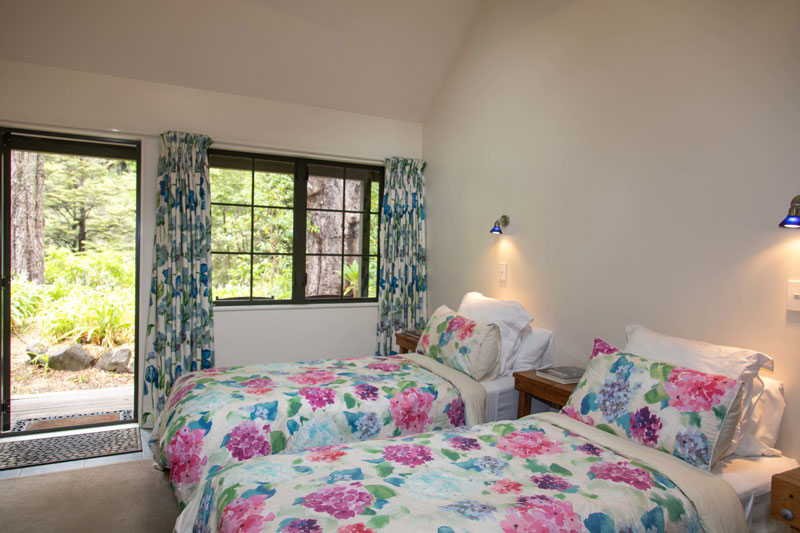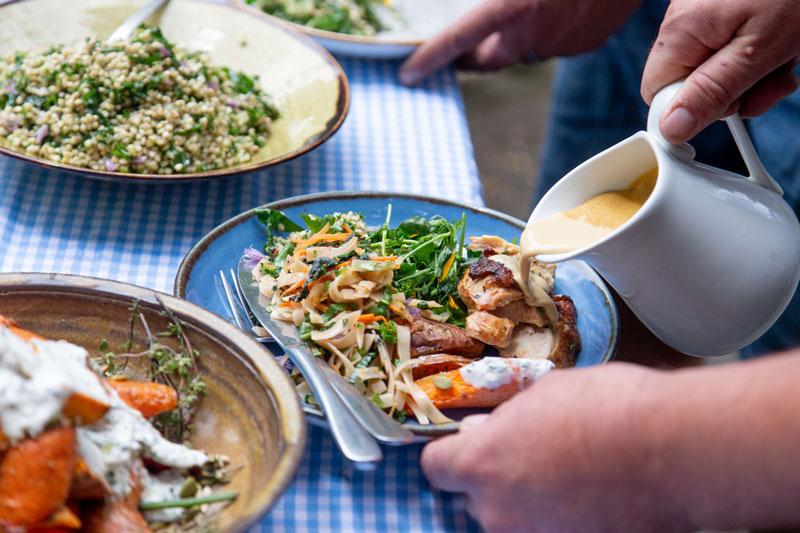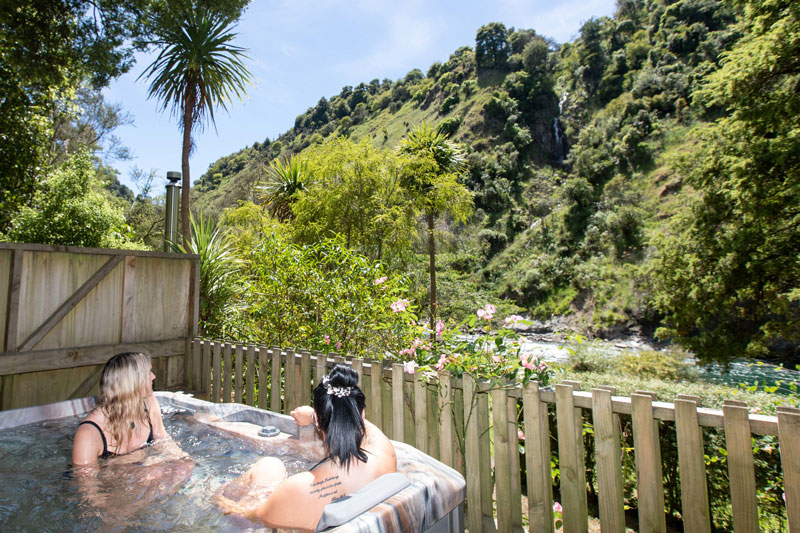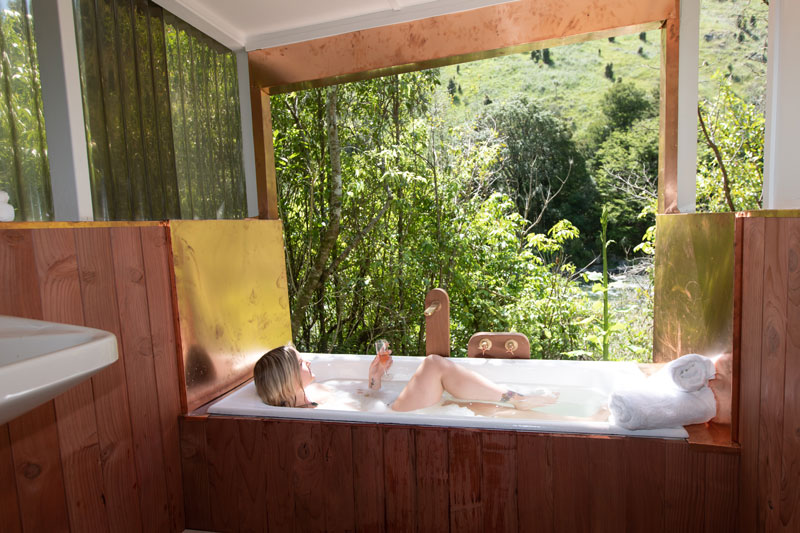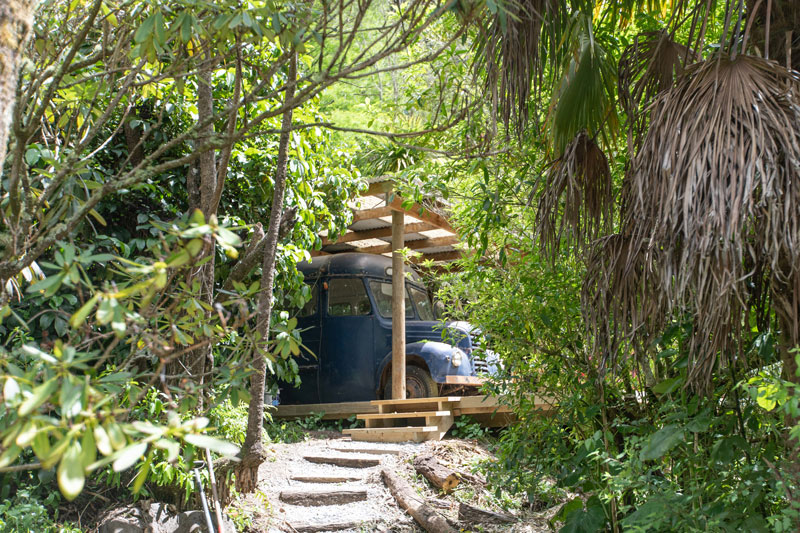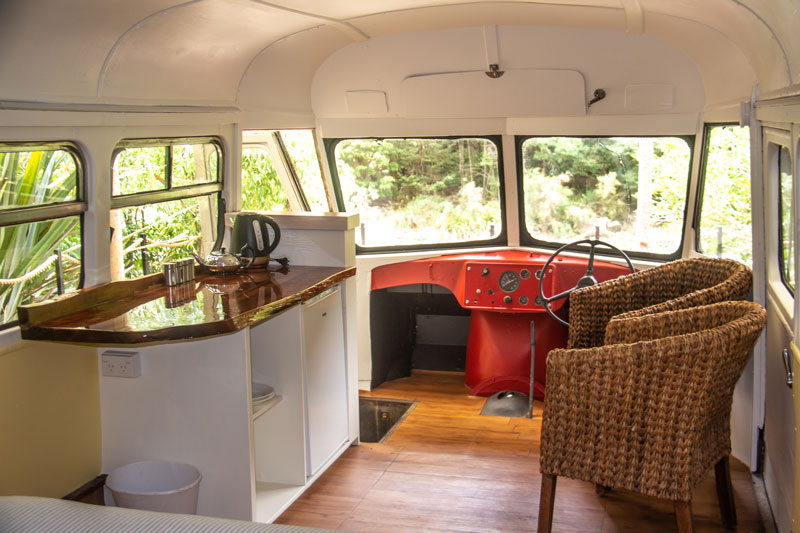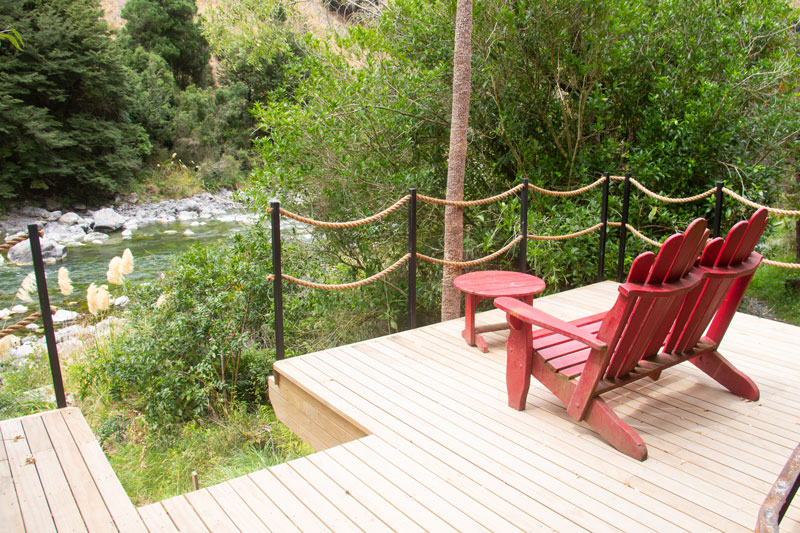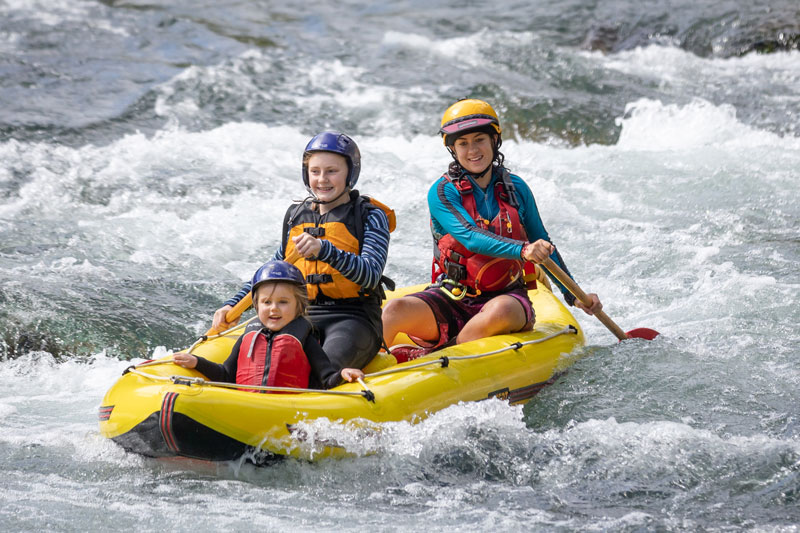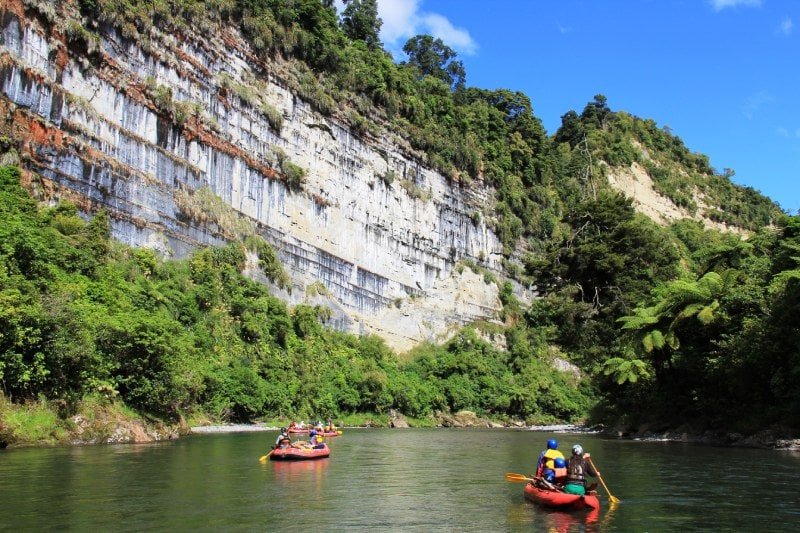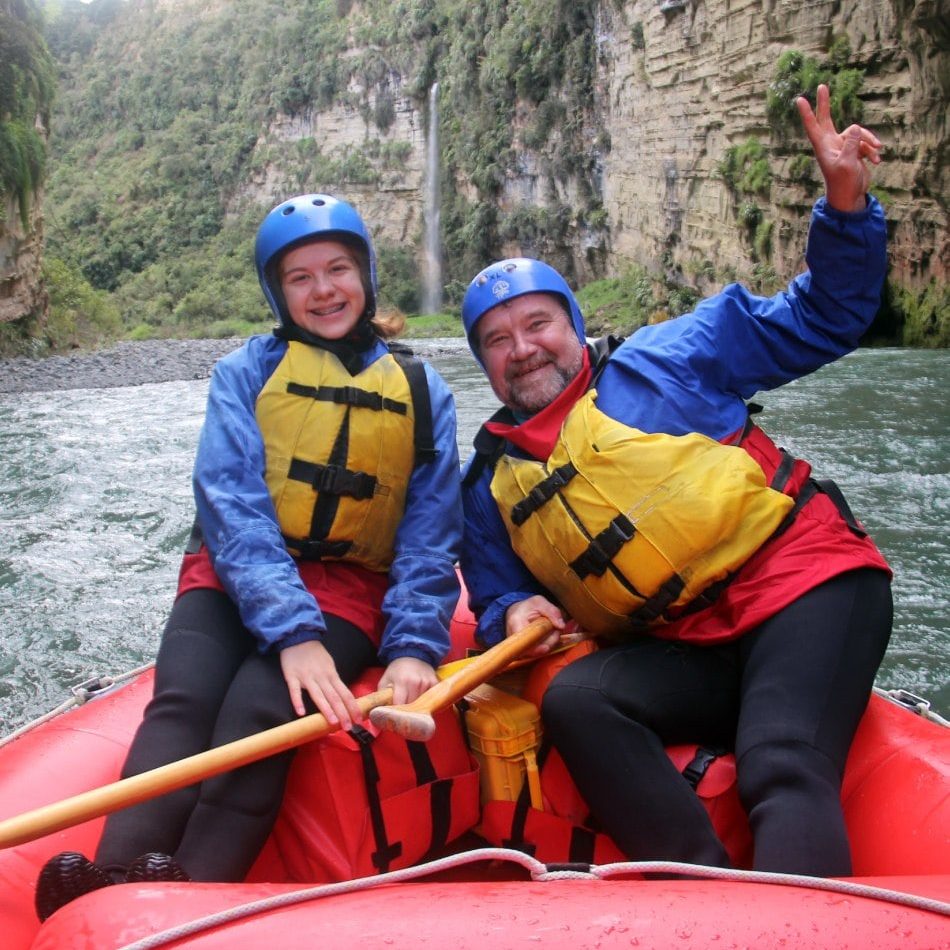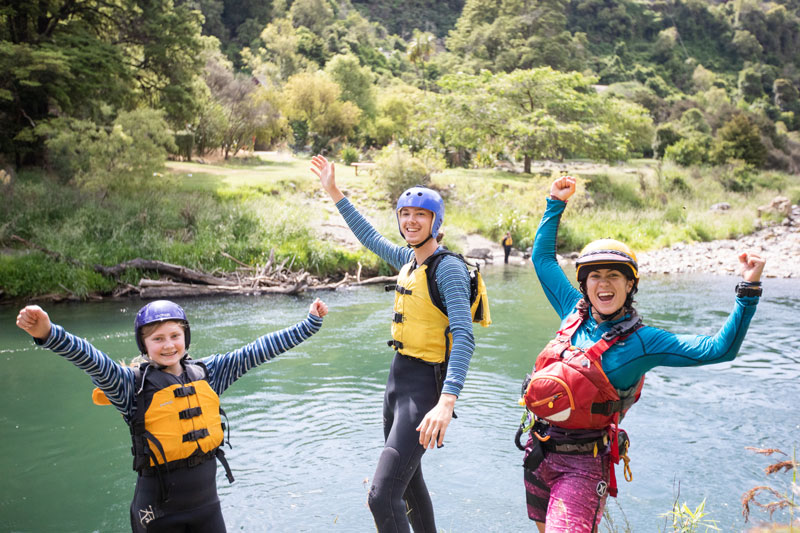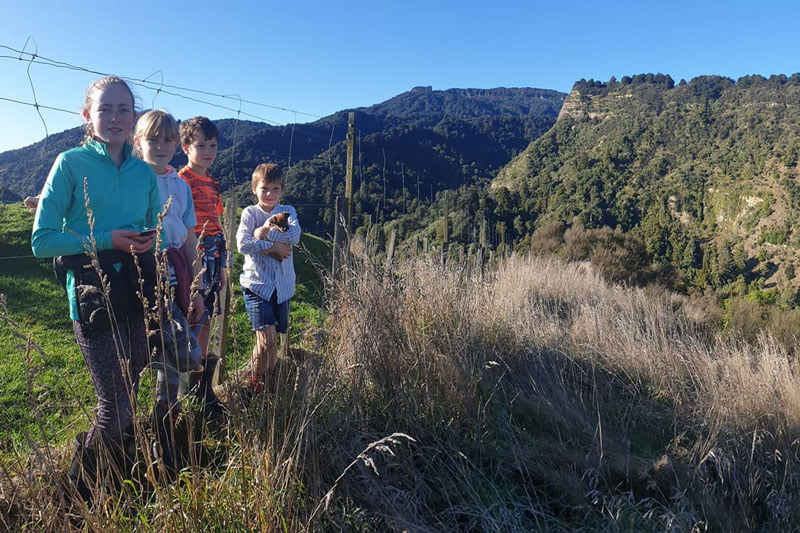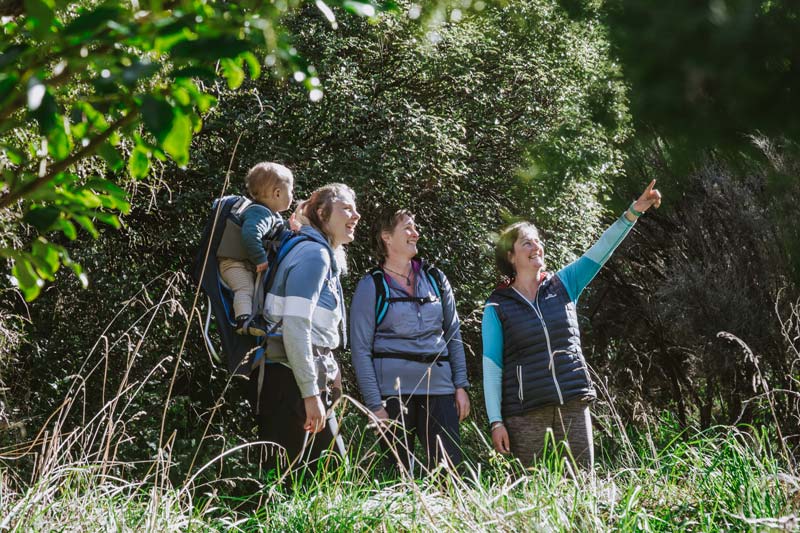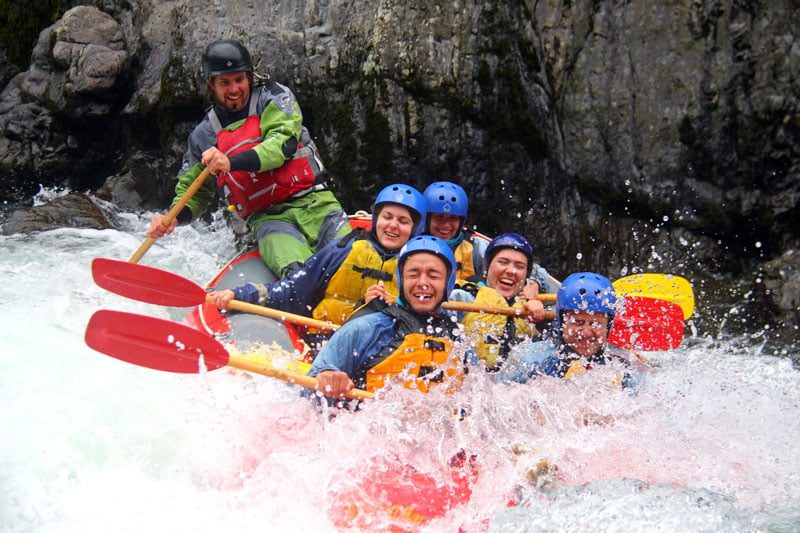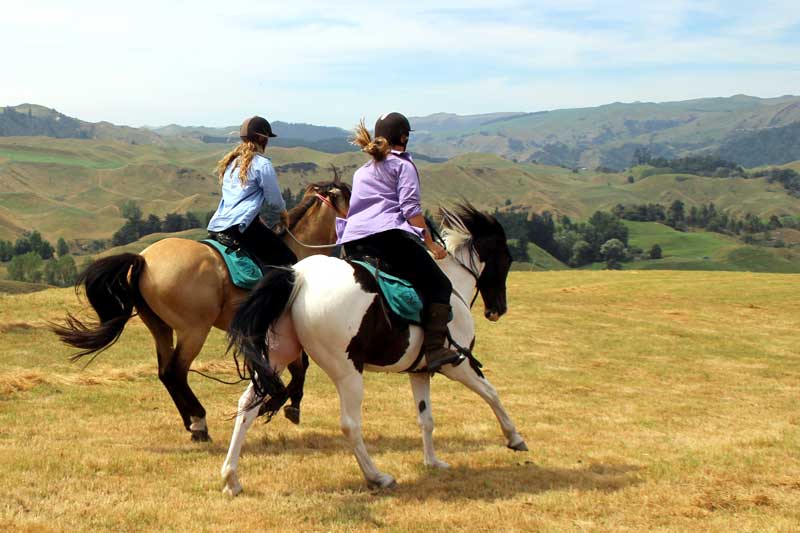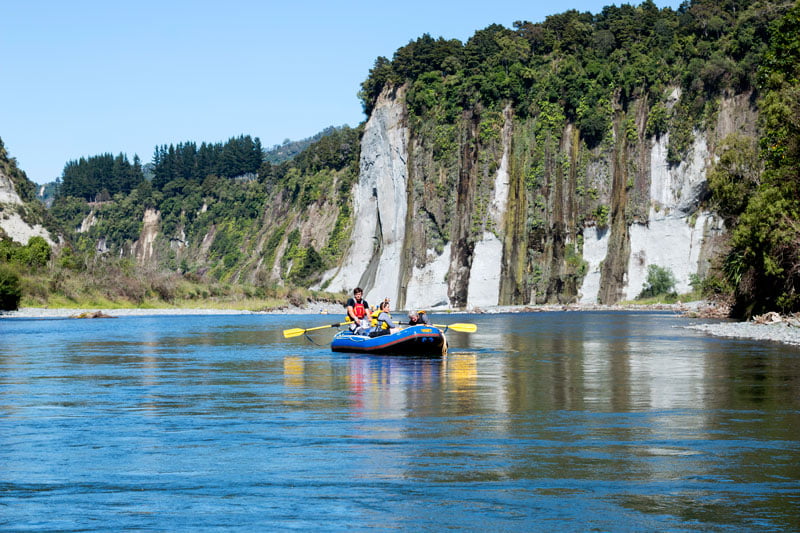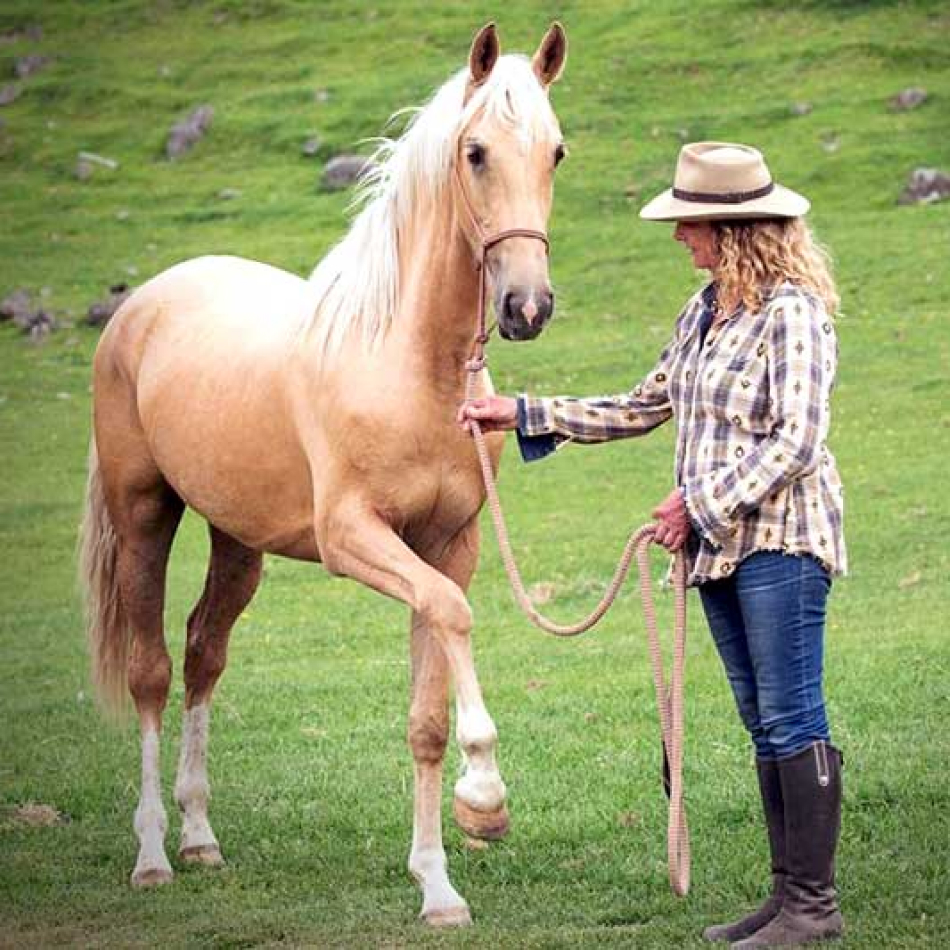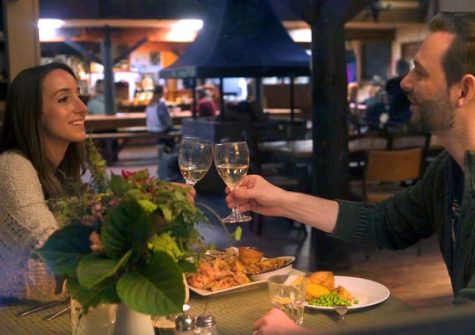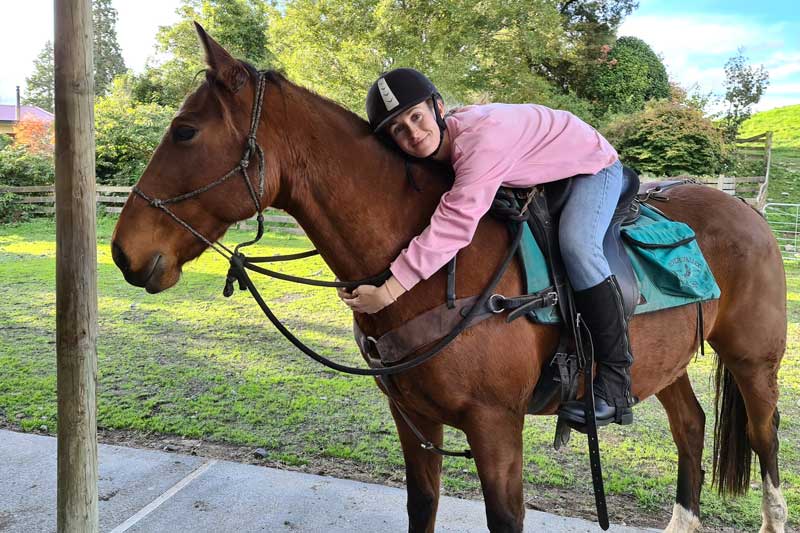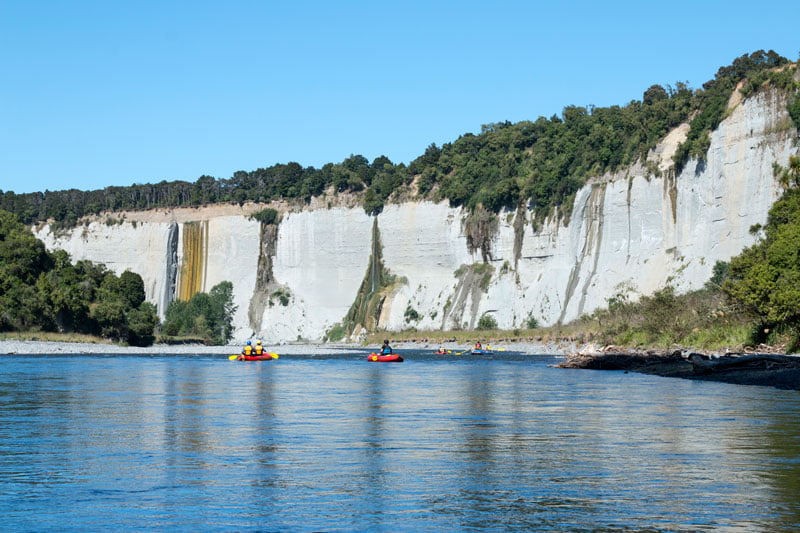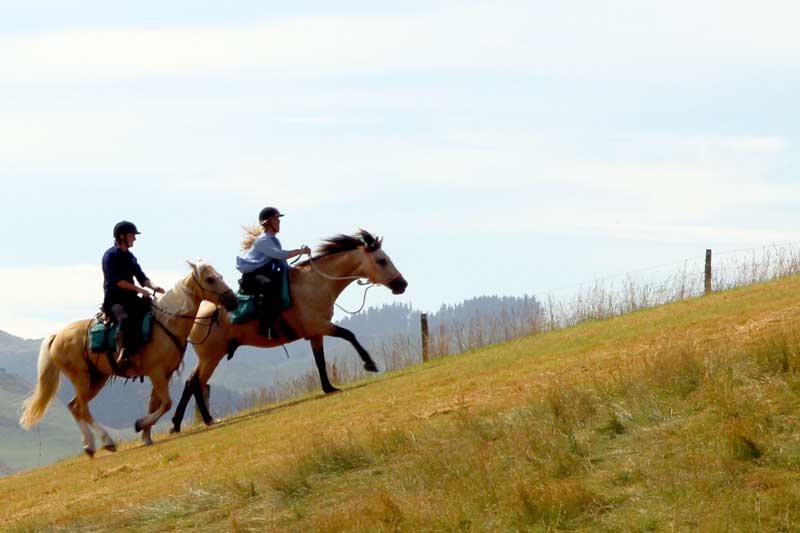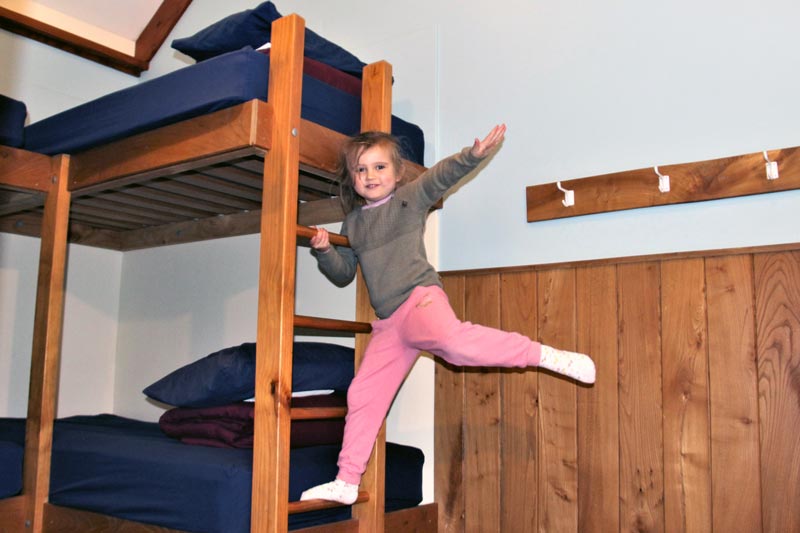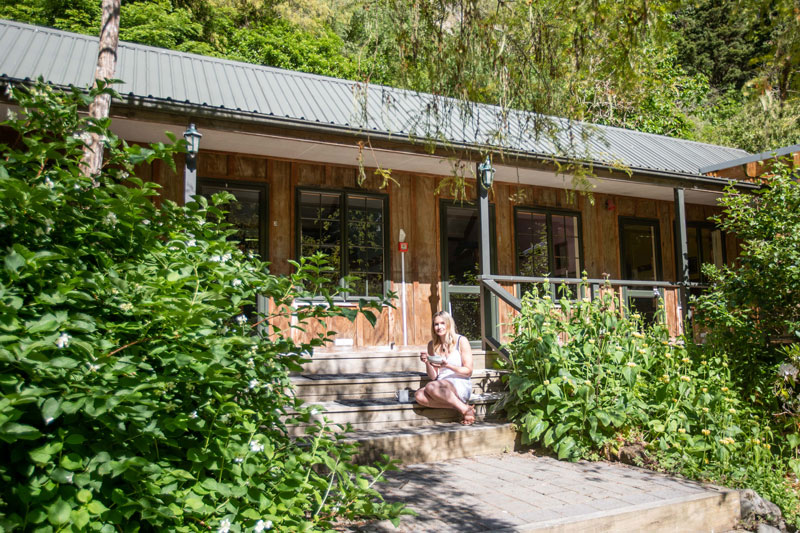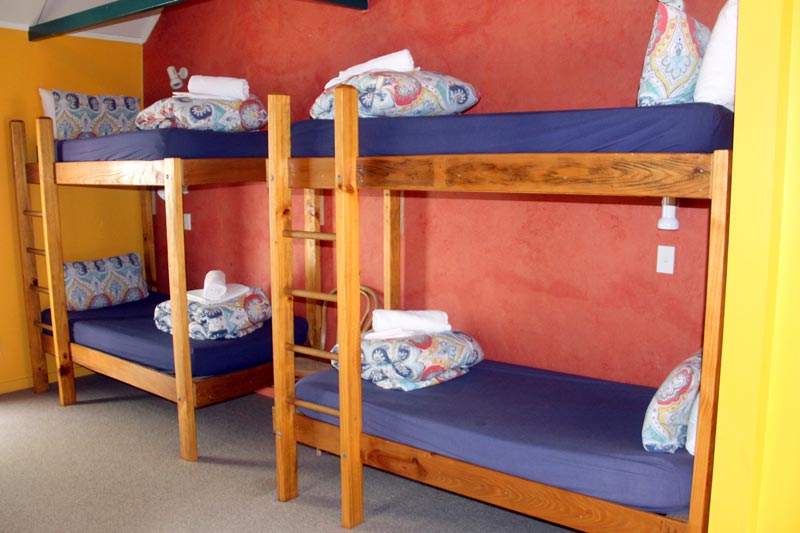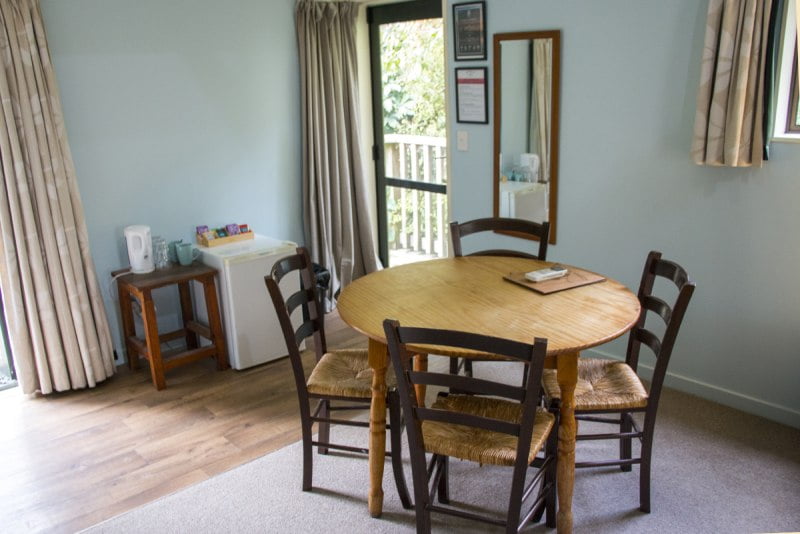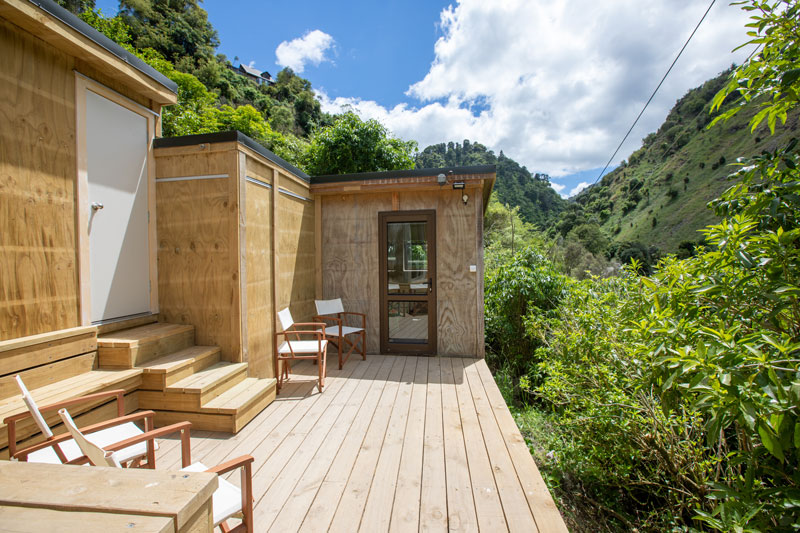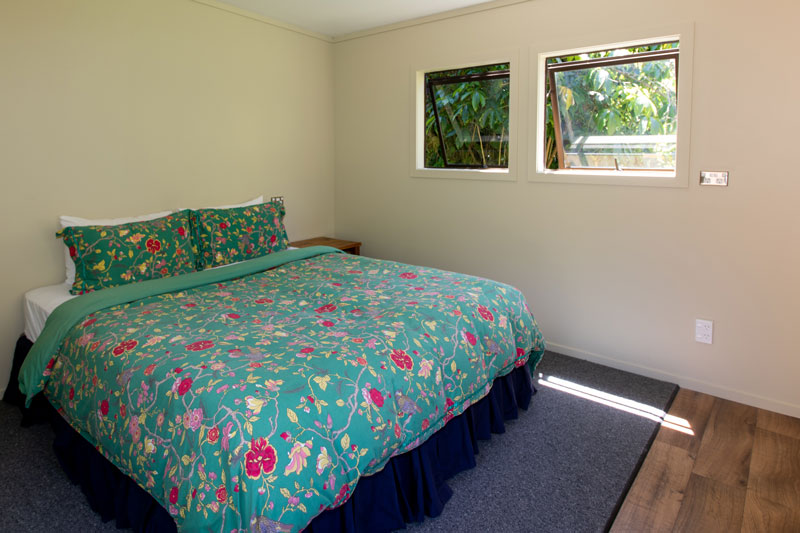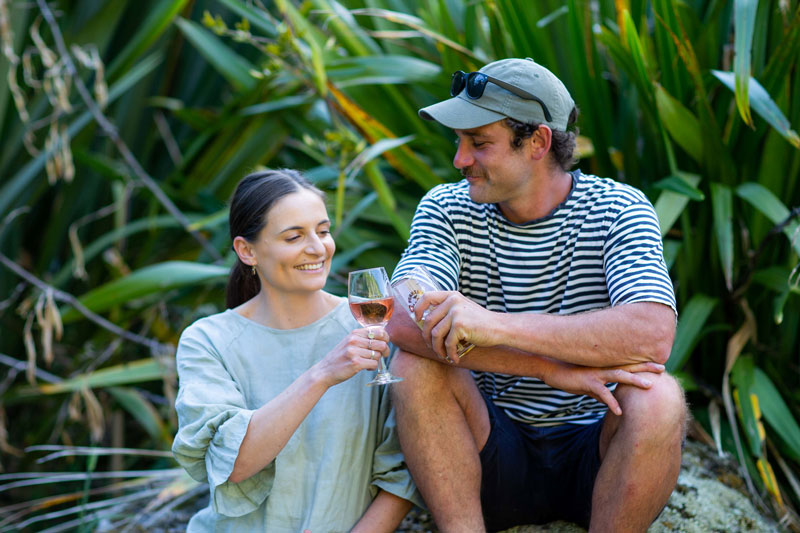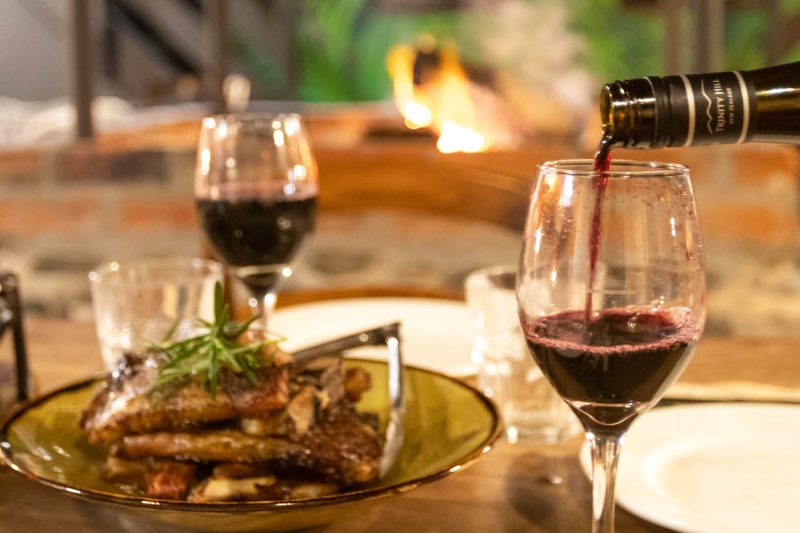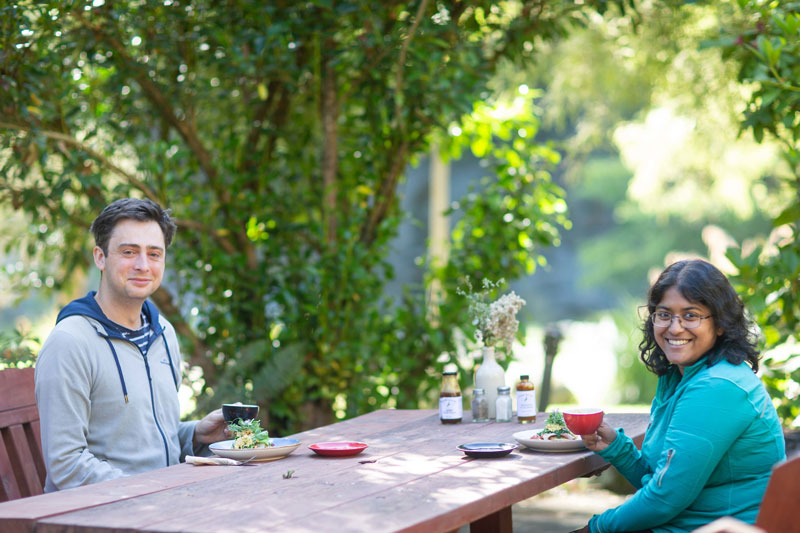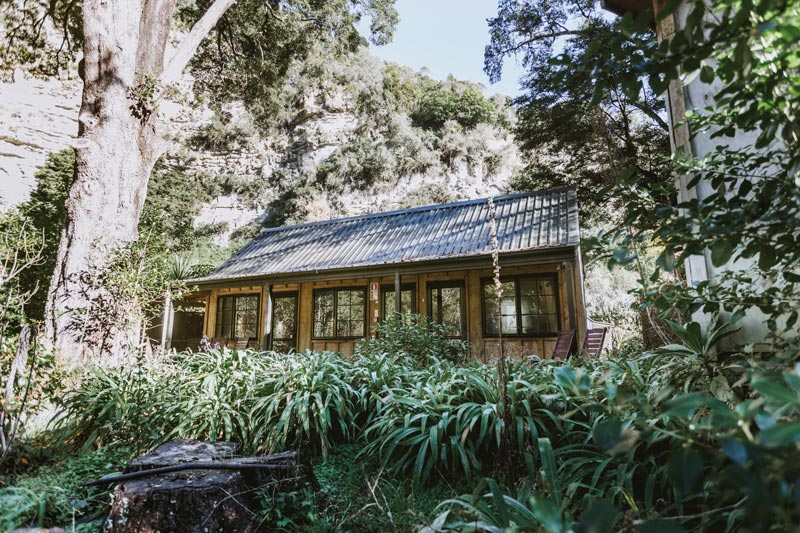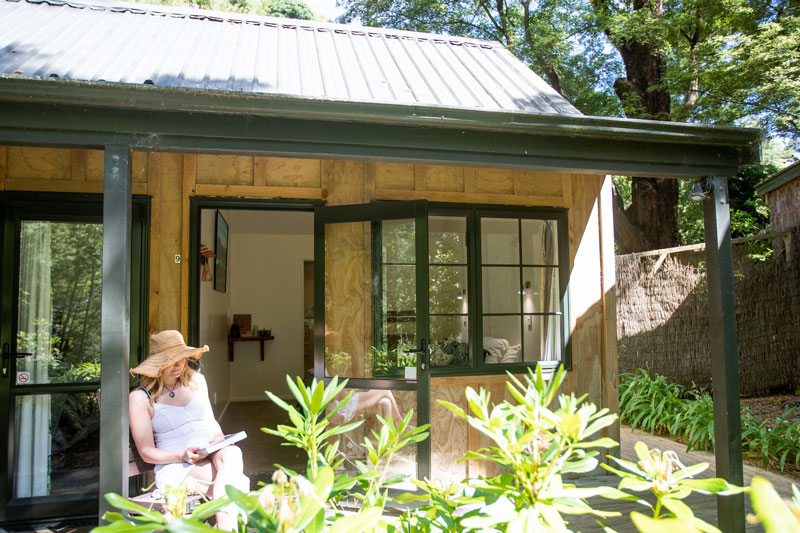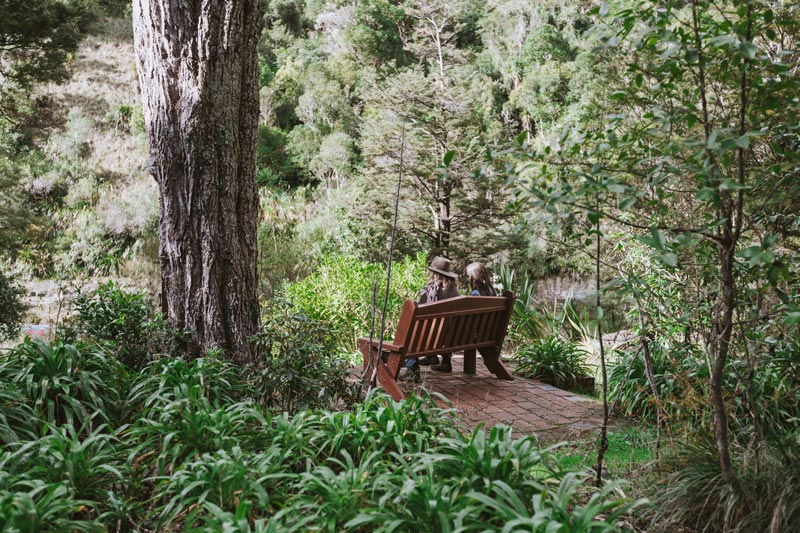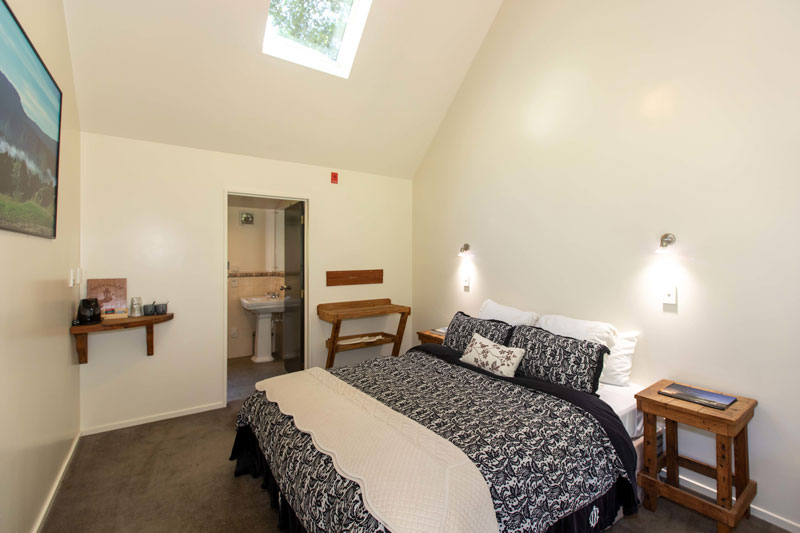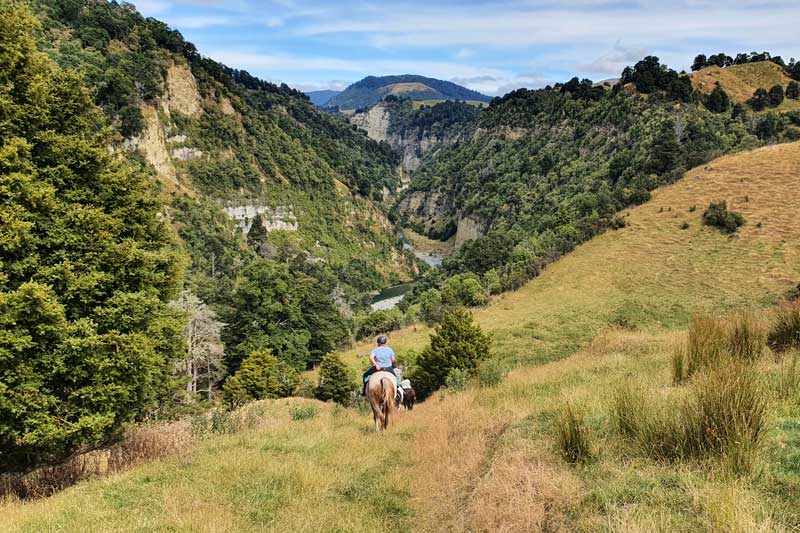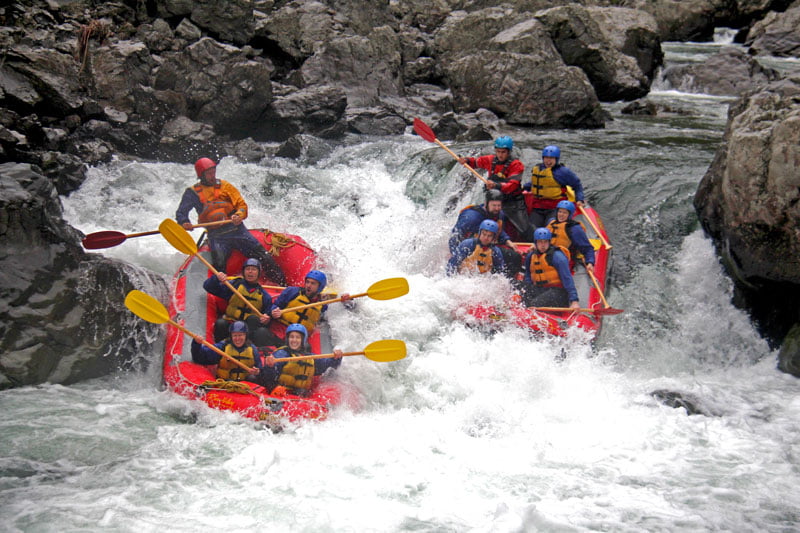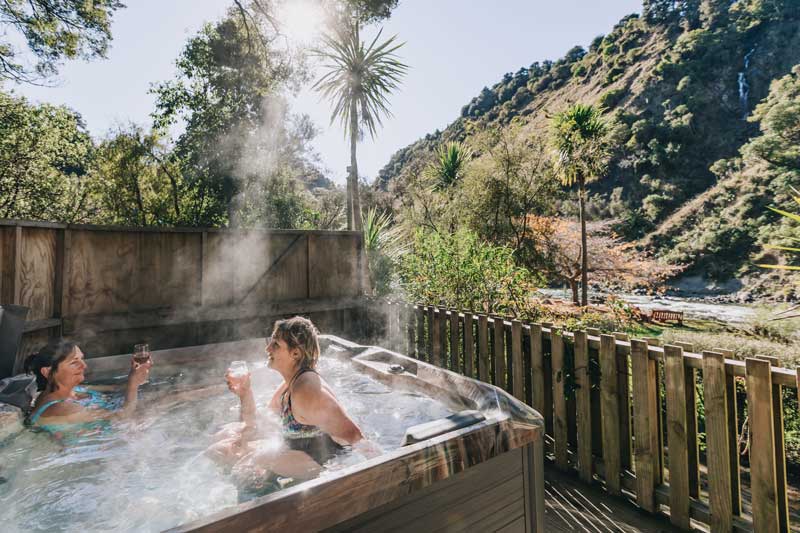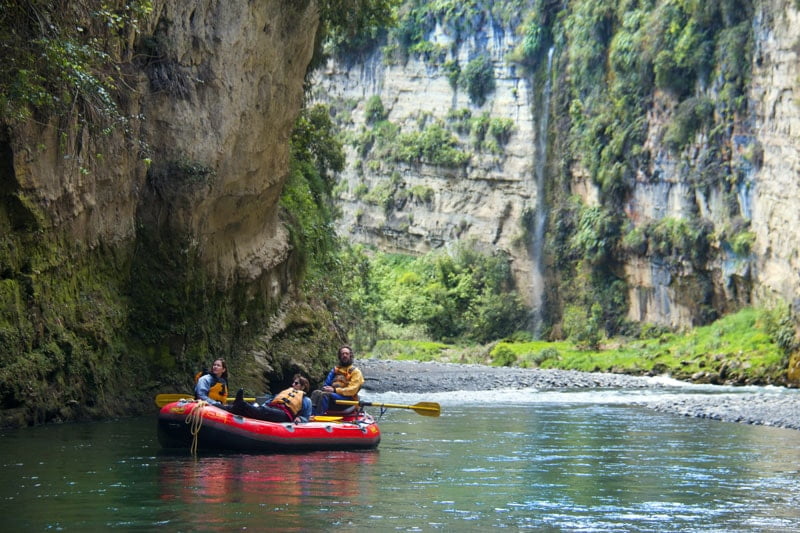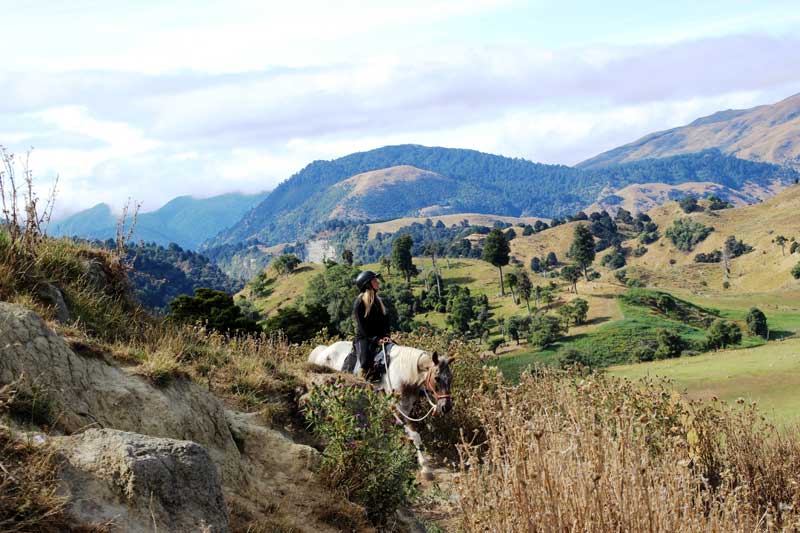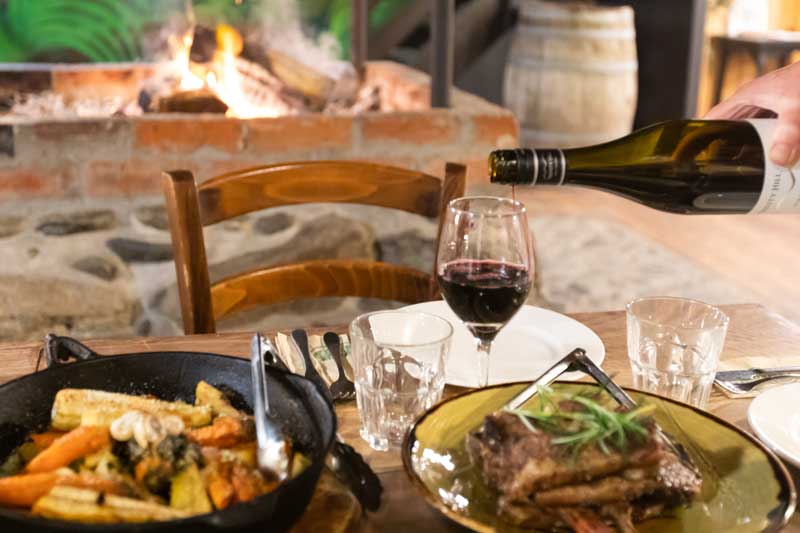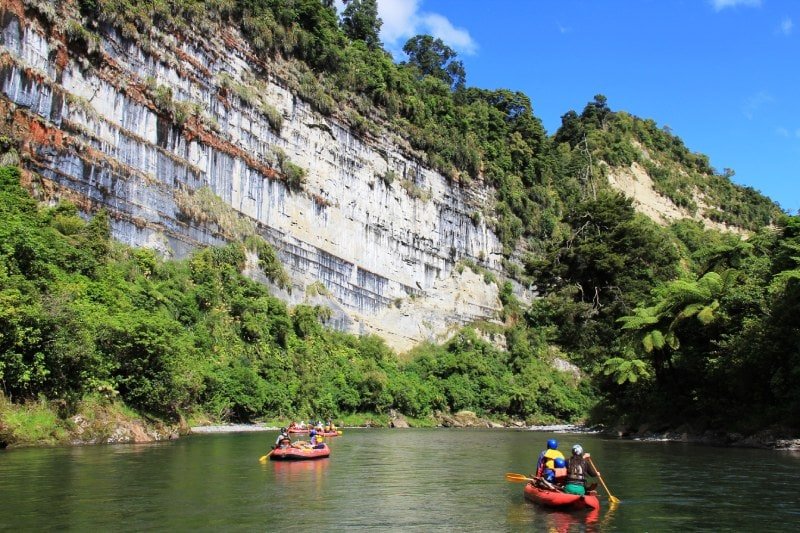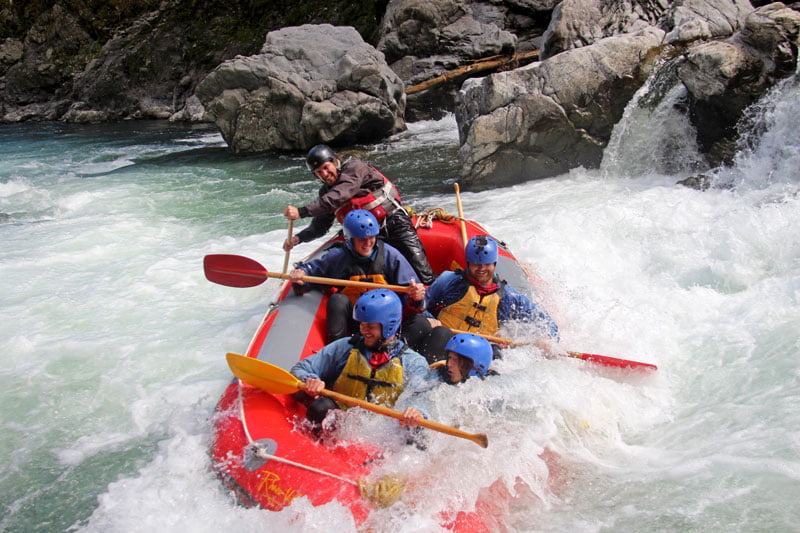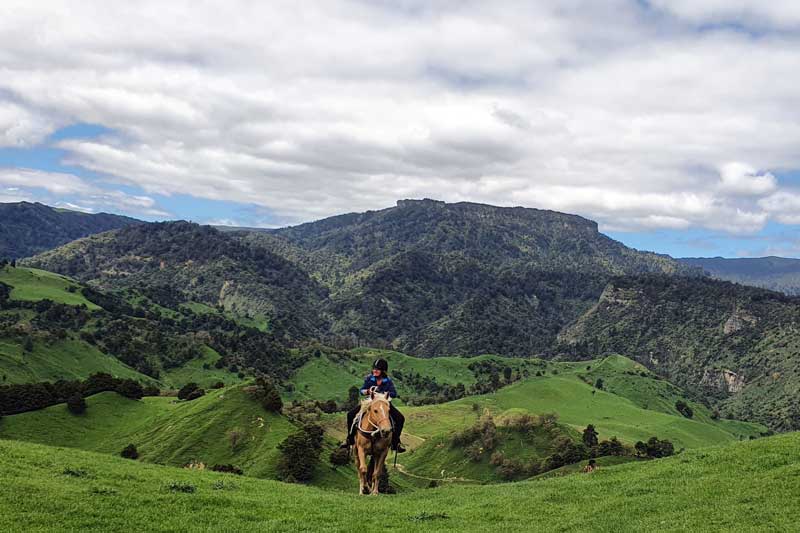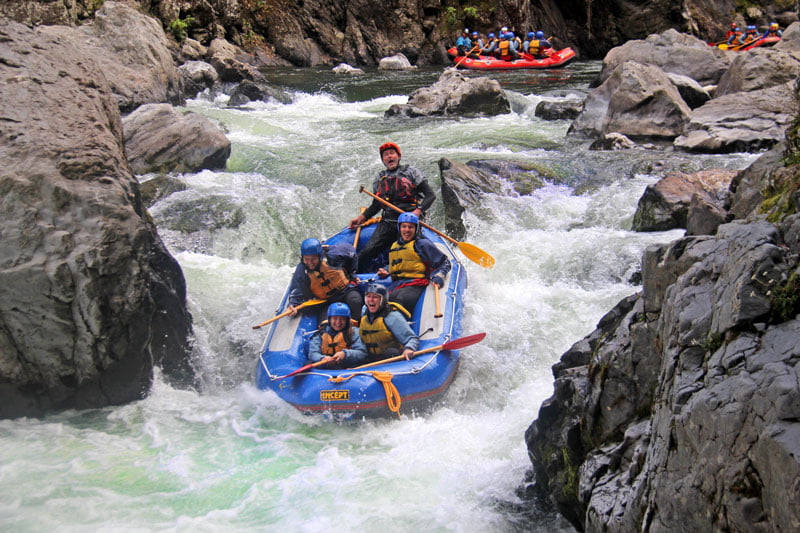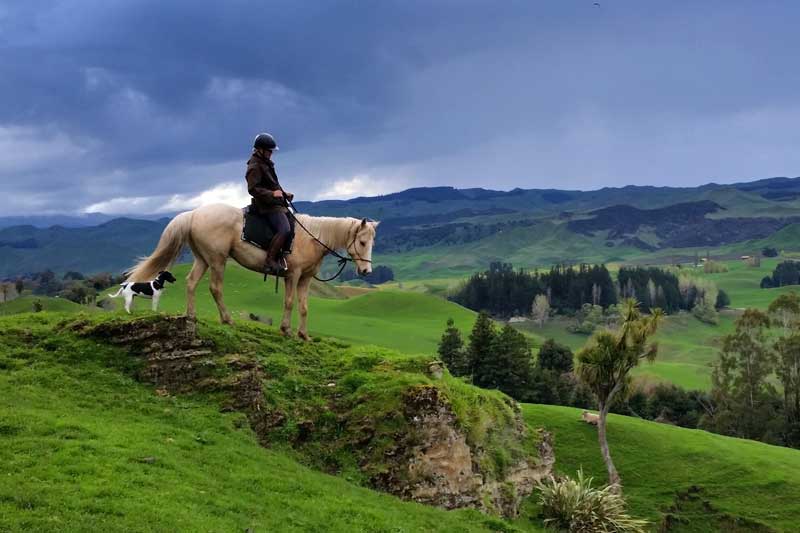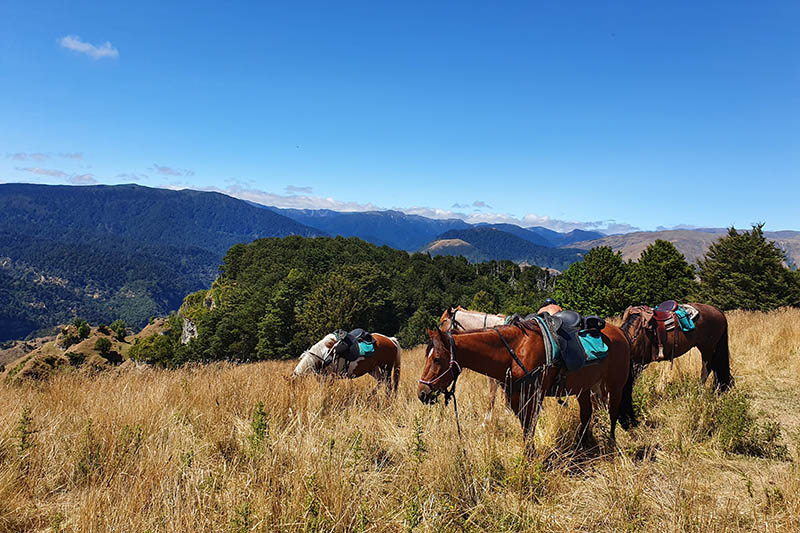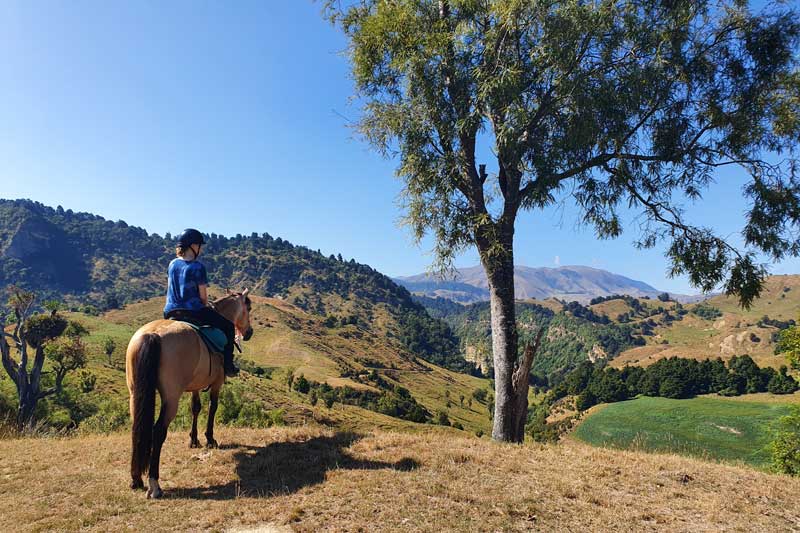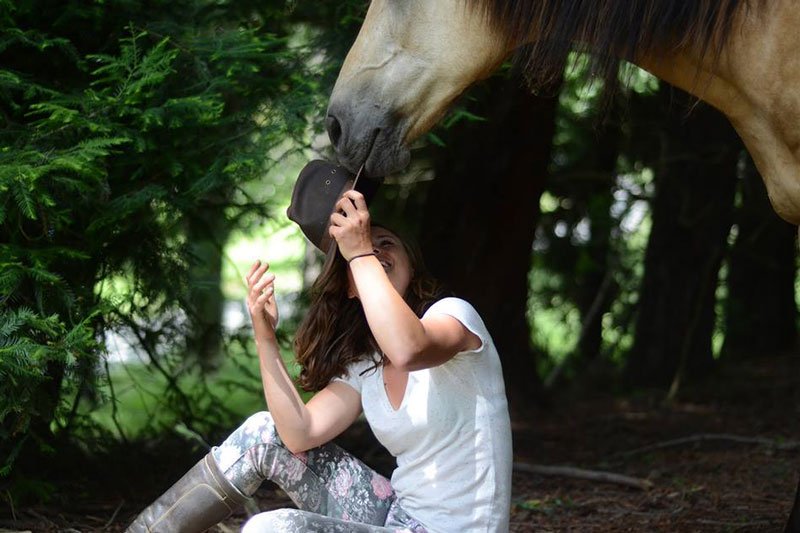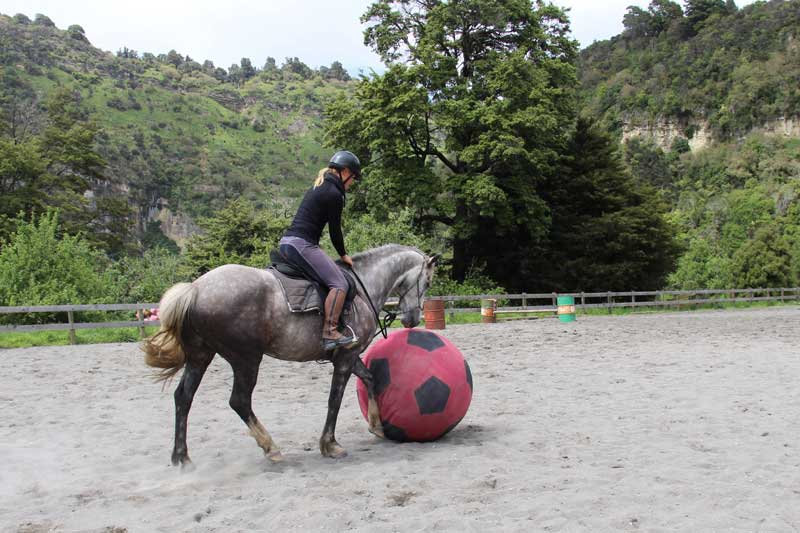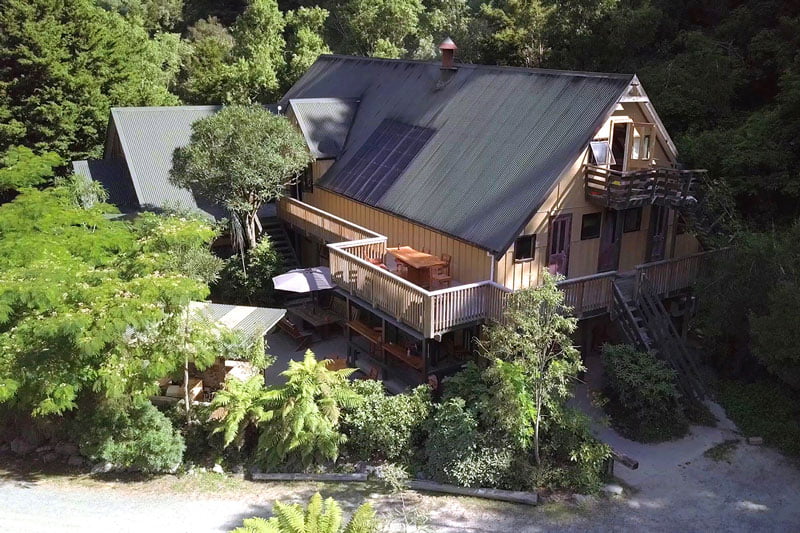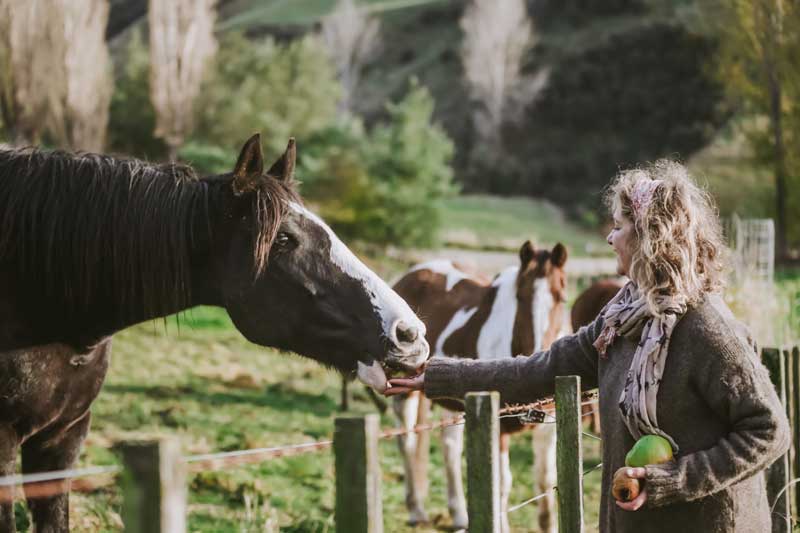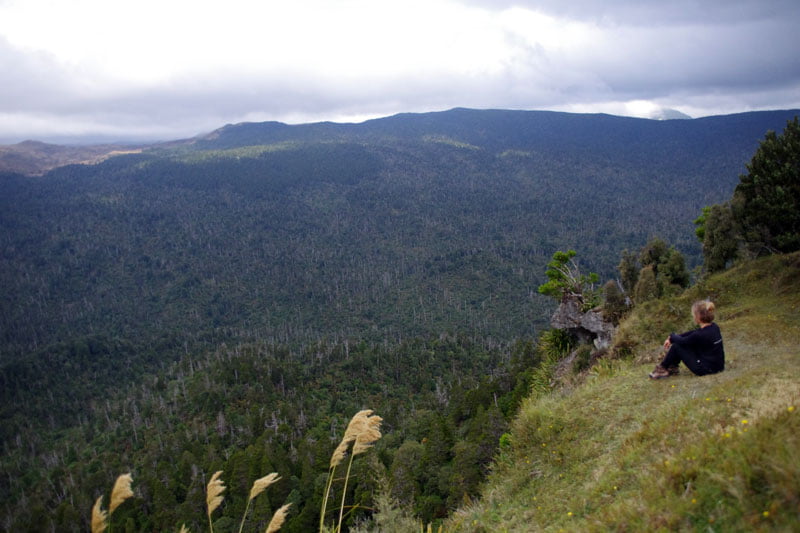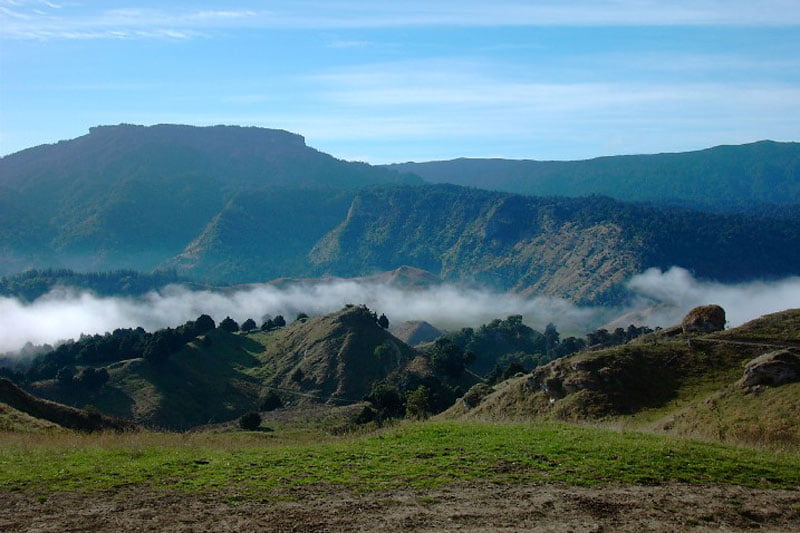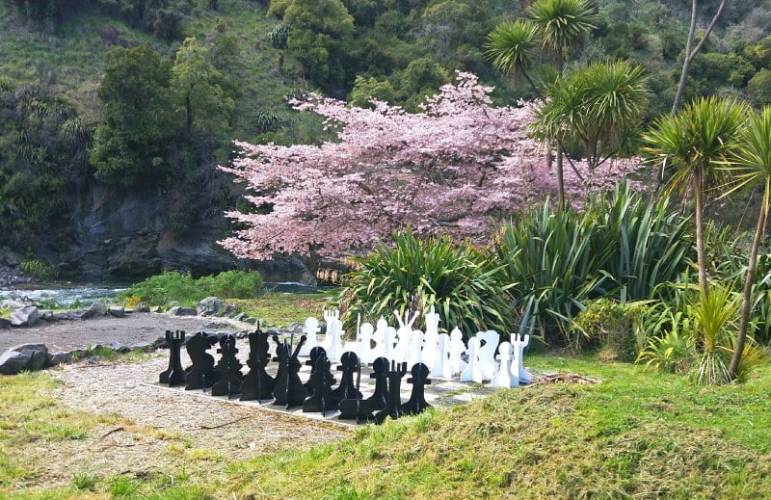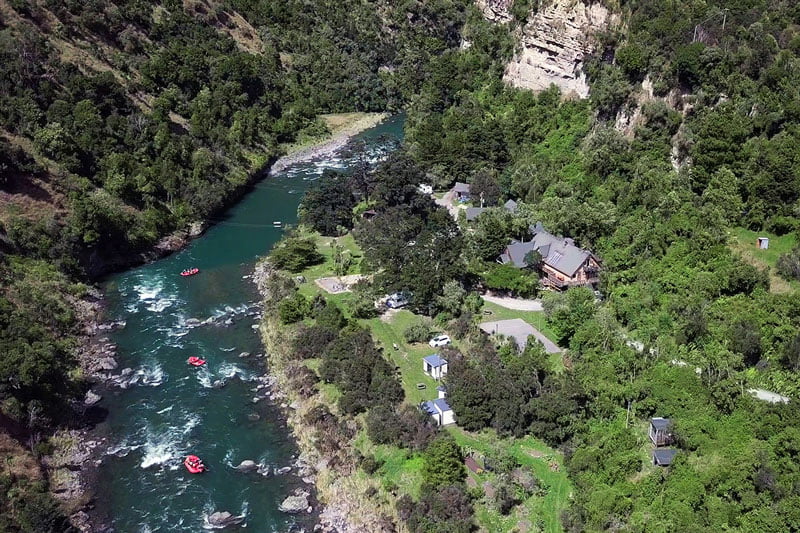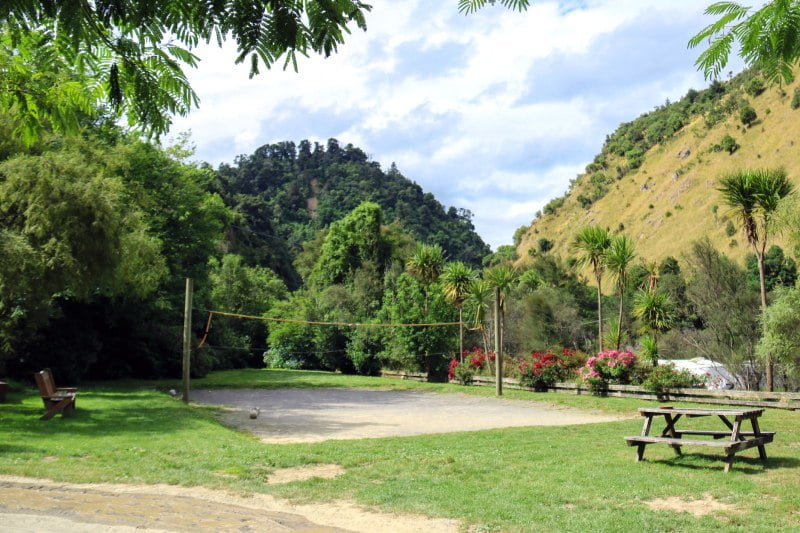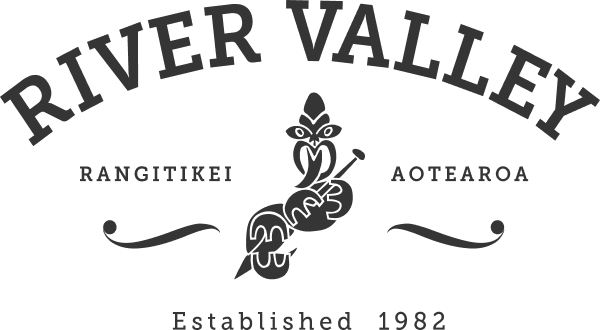I have recently been reading “The Shepherd’s Life: A Tale of the Lakes District” by James Rebanks. An excellent read by the way.
The book is the story of James growing up, and then farming on his own on the Lakes District of Northern England. What became clear to me while reading this book was how much James, and others like him, are Tangata Whenua to that land. Tangata Whenua, a Maori term, loosely translates in the English language as “People of the Land” However, the actual meaning is more than those simple words. These words speak of a deep, almost spiritual bond with the landscape.
What comes through in James Rebank’s writing is a deep love and connection with his farm and the landscape in which it is situated. You could say that this connection, “is in his blood”, a phrase you often hear spoken, but one which I think carries a deeper meaning. His ancestors have been present in that landscape for hundreds, if not thousands of years. If it is possible, that landscape is in his DNA. With recent advancements in the field of epigenetics, that statement may be truer than what it may seem.
Anyway, the book got me to thinking.
Many of the early colonists that took the great sea journey from Great Britain and Ireland to New Zealand came from places such as those described by James Rebank. They were seeking opportunities for themselves and their families. They knew little about New Zealand, other than the often false material they had been given by those promoting colonisation. What they found here was an alien landscape already peopled by a proud and warlike people, the Maori.
This new land was cloaked in dense rainforest, so different from that which they had left behind. Many must have experienced intense feelings of homesickness, and it says a lot to their strength of character that they persevered.
To counter the homesickness, and to remind them of home, they sought to make New Zealand more England than England. Many plant, animal and bird species were introduced, often with devastating results for endemic species that had evolved in a very different world. For instance, no endemic species had evolved for open pastureland. Over time, there was a tidal wave of extinctions, with the battered remnants of the surviving native species pushed back into scattered or remote forest remnants.
But how successful was this desire to make New Zealand a copy of England?
On the face of it, you could say quite successful. Many of the institutions, building styles and societal norms of New Zealand would not have been out of place half a world away. And yet there are many gaps.
Reading James Rebank’s book, it is clear to me that while those settlers to New Zealand, over time, transformed the landscape to what we see now, not everything that was needed to complete the transformation was brought with them.
Examples of that are often the small things, that until it is pointed out, you would not notice. For instance, there is in the book mention of the wildflowers found on farms, in hayfields and along stream banks. We don’t have these in our green deserts, but we certainly grow a lot of grass.
Another example would be dung beetles. These industrious creatures do a great job of taking apart the faecal material of birds and grazing animals and burying it in the ground. Until recently, these beetles had not been a part of our pasture ecosystem. There are some native species, but those evolved for forest conditions and bird droppings and so are not present in our pastures.
What I wonder is what else is missing from our pastoral ecosystems to make them truly functional. These grassland ecosystems have not evolved here, but rather, been transplanted from elsewhere. I am sure there are some things that we are glad never got introduced, but I cannot help feeling that in a way, our grasslands are incomplete and do not have the biodiversity that would make them whole.
Food for thought, but also caution.
Brian Megaw

